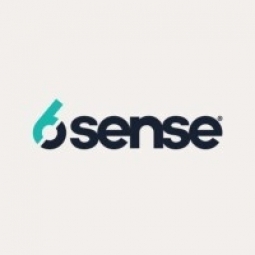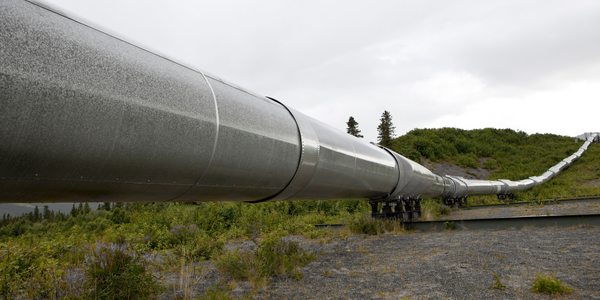Technology Category
- Cybersecurity & Privacy - Intrusion Detection
Applicable Industries
- Oil & Gas
Applicable Functions
- Procurement
- Sales & Marketing
Use Cases
- Cybersecurity
- Theft Detection
Services
- Cybersecurity Services
About The Customer
Code42 is a leader in Insider Risk Management (IRM), offering end-to-end data loss detection and response solutions. Their product, Code42 Incydr, is native to the cloud and rapidly detects data exposure, loss, leak, and theft as well as speeds incident response – all without lengthy deployments, complex policy management or blocking employee productivity. Based in Minneapolis, Code42 is a cybersecurity software company that offers solutions for stopping insider data leaks and IP theft. The company has more than 50,000 client organizations.
The Challenge
Code42, a cybersecurity software company, was facing several challenges in generating leads and demand. They had no way of knowing which accounts were in-market and struggled to identify the effectiveness of their display ads. The audience for their LinkedIn display ad audiences based on form-fills was too small to generate a meaningful pipeline impact. The revenue team was dealing with too many leads that didn’t progress down the funnel. Only 2% to 3% of website visitors, the ones filling out forms, were receiving personalized marketing content. The company needed a solution that would help them identify opportunities, not just leads, and build a company culture that broke down silos between marketing and sales.
The Solution
Code42 implemented 6sense with an account-based experience (ABX) pilot. Their main goal was to align sales, marketing, and extended teams to work together closely to send a unified message to accounts. They shifted to an account-based approach, focusing on opportunities and pipeline, not just form-fills. They encouraged usage by sharing a leaderboard showing which business development representatives (BDRs) were using 6sense dashboards the most. They also used a collaborative approach by sharing data and using it to repeat wins, and celebrating every win, small and large, to boost buy-in and morale. The team launched integrated marketing campaigns, including one driven by 6sense’s AI-identification of the most valuable prospects based on their Dark Funnel behavior. These 6sense Qualified Accounts (6QAs) received video ads on LinkedIn and invitations to join a customer roundtable.
Operational Impact
Quantitative Benefit

Case Study missing?
Start adding your own!
Register with your work email and create a new case study profile for your business.
Related Case Studies.

Case Study
Taking Oil and Gas Exploration to the Next Level
DownUnder GeoSolutions (DUG) wanted to increase computing performance by 5 to 10 times to improve seismic processing. The solution must build on current architecture software investments without sacrificing existing software and scale computing without scaling IT infrastructure costs.

Case Study
Remote Wellhead Monitoring
Each wellhead was equipped with various sensors and meters that needed to be monitored and controlled from a central HMI, often miles away from the assets in the field. Redundant solar and wind generators were installed at each wellhead to support the electrical needs of the pumpstations, temperature meters, cameras, and cellular modules. In addition to asset management and remote control capabilities, data logging for remote surveillance and alarm notifications was a key demand from the customer. Terra Ferma’s solution needed to be power efficient, reliable, and capable of supporting high-bandwidth data-feeds. They needed a multi-link cellular connection to a central server that sustained reliable and redundant monitoring and control of flow meters, temperature sensors, power supply, and event-logging; including video and image files. This open-standard network needed to interface with the existing SCADA and proprietary network management software.

Case Study
Refinery Saves Over $700,000 with Smart Wireless
One of the largest petroleum refineries in the world is equipped to refine various types of crude oil and manufacture various grades of fuel from motor gasoline to Aviation Turbine Fuel. Due to wear and tear, eight hydrogen valves in each refinery were leaking, and each cost $1800 per ton of hydrogen vented. The plant also had leakage on nearly 30 flare control hydrocarbon valves. The refinery wanted a continuous, online monitoring system that could catch leaks early, minimize hydrogen and hydrocarbon production losses, and improve safety for maintenance.










